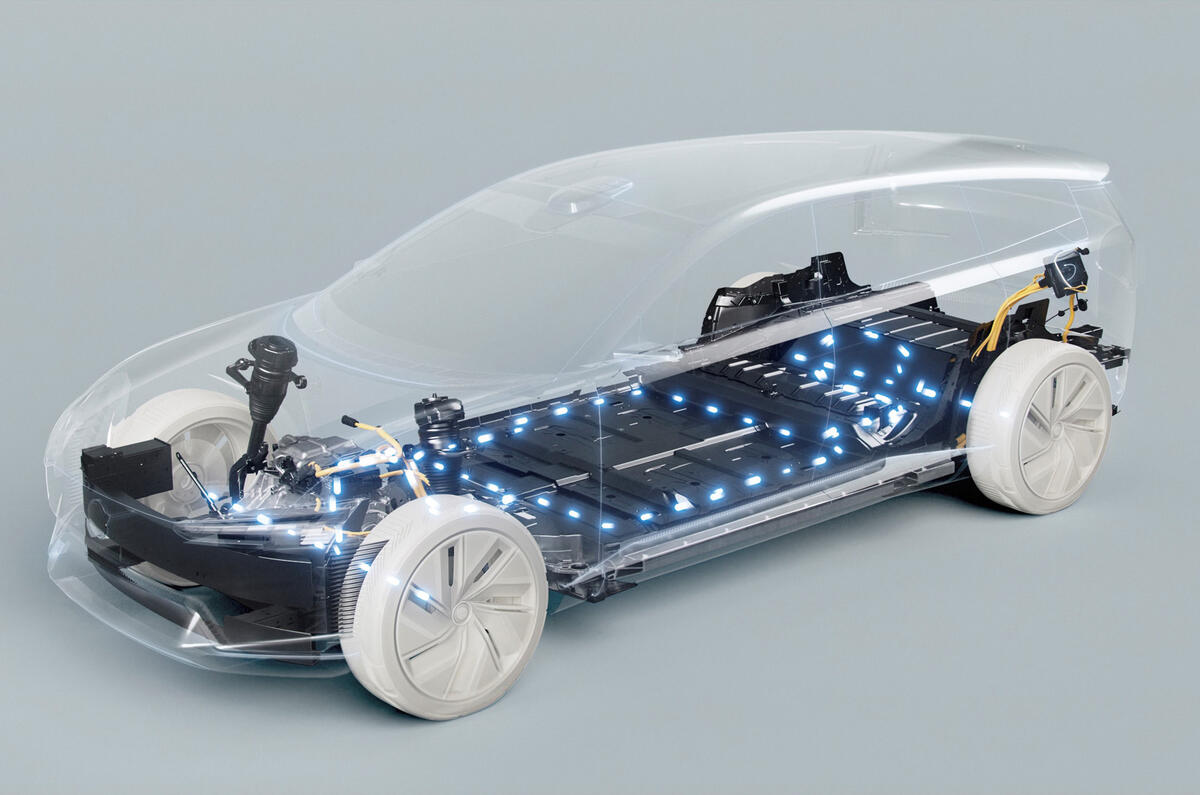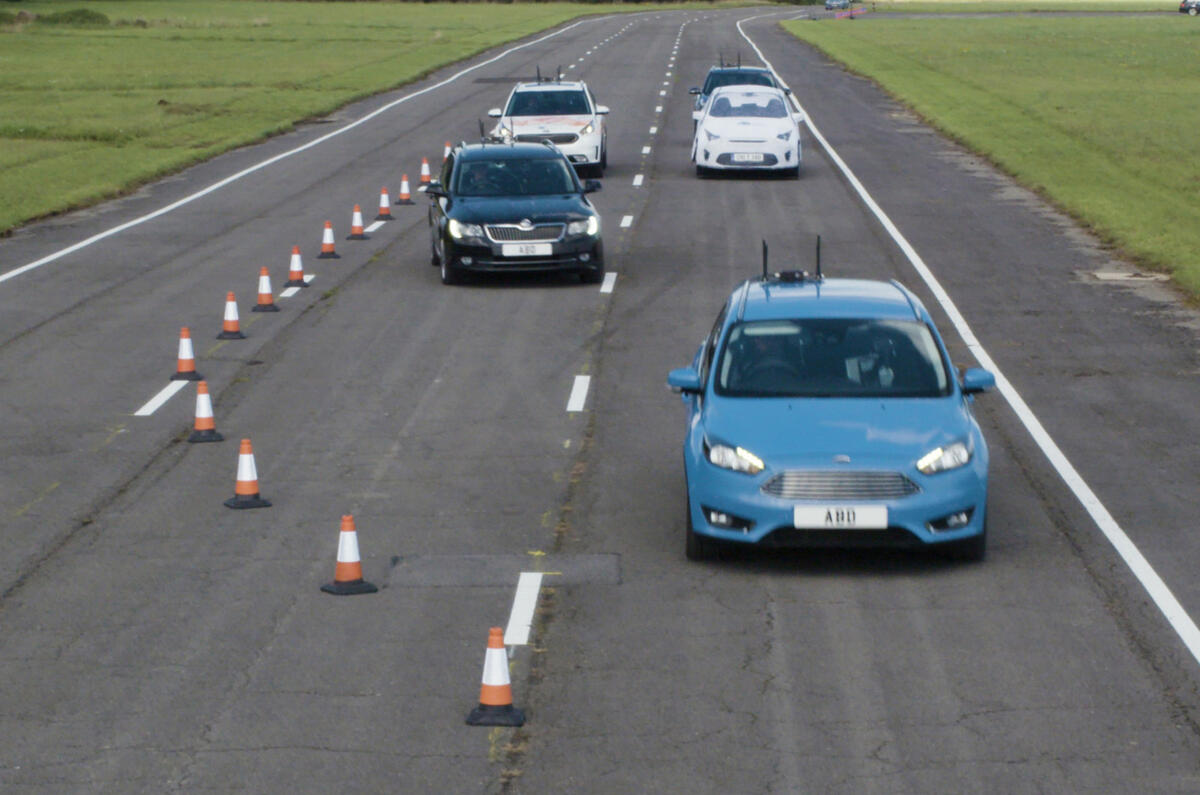As we approach the 24 September entry deadline for our Drivers of Change competition, held in partnership with executive search specialists Ennis & Co, we asked our technology expert Jesse Crosse to predict what kinds of technical innovation the automotive industry could experience over the coming years.
What are the likely trends in automotive technology, digital and retail over the next few decades? In the mid-term at least, battery EVs looks set to dominate, but nobody really knows how sustainable propulsion will pan out in the long term.
A lot depends on what happens on a wider scale than just automotive. For example, if hydrogen is adopted widely for domestic and industrial heating and as a fuel for larger vehicles, aviation, trains and shipping powered by fuel cells or hydrogen internal combustion engines, it’s hard to imagine it won’t, as has long been predicted, end up in cars as well.
Many engineers and scientists think not, though, on the basis that too much conversion is involved from electricity to hydrogen and back again, whereas electricity can be pumped directly into a battery. Whatever happens, we can be confident that sustainable electrification of the powertrain is here to stay, and it is set to be the focus of attention in automotive technology over the next couple of decades. Manufacturers will probably become more closely linked to the development of charging systems and the use of energy, especially if vehicle-to-grid balancing takes off.
Whether or not internal combustion engines survive is likely to depend on the availability of alternatives to fossil fuel and how far manufacturers are prepared to go in committing to pure EVs by switching investment entirely to battery technology and electric powertrains.
What is almost certain now is that battery technology will at least extend to solid state, or have solid-state properties, along the lines of half the weight, twice the capacity.






















Join the debate
Add your comment
The biggest advances for electric vehicles in the near-medium term will be better Battery Management Systems (BMS) as these are the key to releasing more energy, more life and faster charging from battery technology that isn't going to take a big near-term step. BMS with AI will allow faster charging without frying the battery (a huge problem), it will allow deeper discharching (increasing range), improve diagnostics so batteries can be repaired like King Alfred's Axe (or Trigger's Broom) and give us data that will help us take our own decisions about managing the life of our battery. Also, it's usually forgotten that while fast charging is great for the first owner, it's dreadful for subsequent owners as it can severely shorten the life of the battery, but who cares they they won't know? BMS will provide that data.The big step missed in HMI is that this will no longer be just an increasingly fancy way of communicating with the driver. HMI will become the portal to digital services via the cloud. These will allow further customisation, additional value add and a hole range of Aps that we haven't thought of yet, transforming the revenue model for the vehicle manufacturer.
Totally agree that the end of diesel will be something to celebrate. It’s never been a good idea. Because it’s so massively inefficient, I don’t think hydrogen fuel cell technology will ever compete with batteries for cars. BEVs are 3x more efficient.
This article is quite a conservative view of automotive innovation. For a more radical take, check out the reports from the RethinkX think-tank.